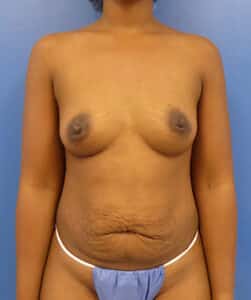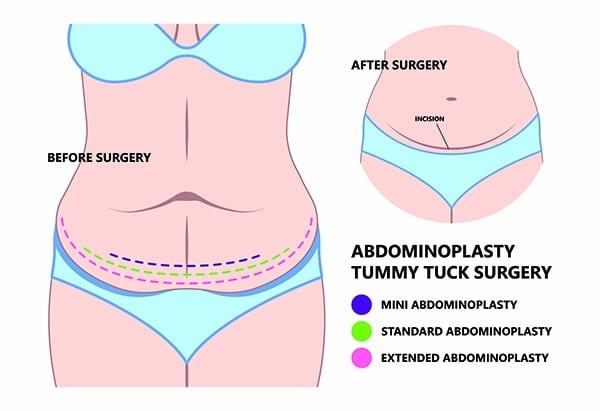A tummy tuck, medically known as abdominoplasty, is a surgical procedure designed to remove excess skin and fat from the abdominal area while tightening weakened or separated muscles. It results in a smoother, firmer abdomen, helping you achieve the toned midsection you’ve always wanted.
At Elite Plastic Surgery, we offer a range of tummy tuck techniques tailored to your specific needs. From a full tummy tuck for complete abdominal rejuvenation to a mini tummy tuck focused on the lower abdomen, our expert surgeons provide the best solution for each patient.
Tummy tuck surgery is a highly effective procedure, and its benefits are well-documented. According to the American Society of Plastic Surgeons (ASPS), tummy tucks can dramatically improve both appearance and confidence.







